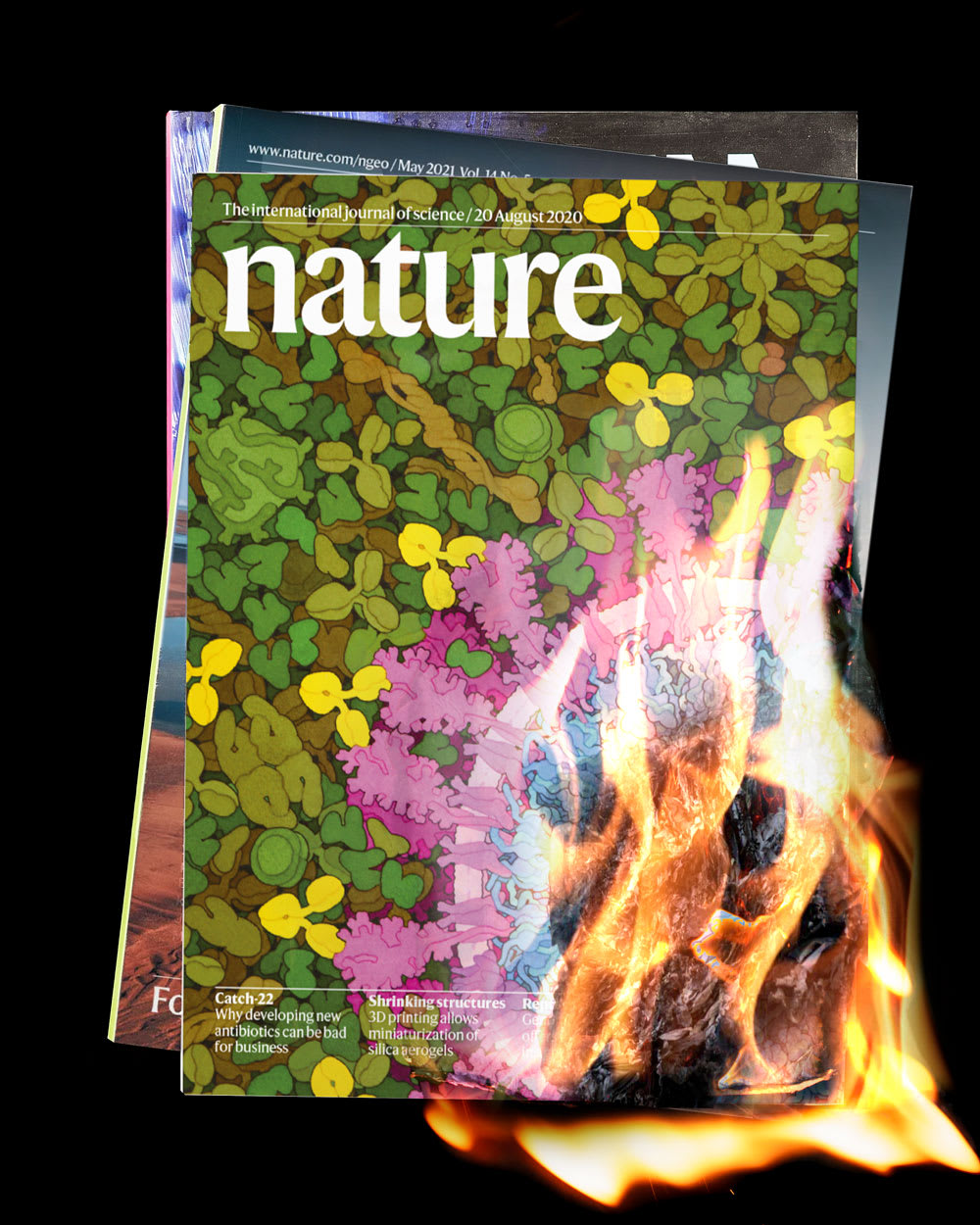Four new elements on the periodic table now have names
It’s now time to say hello, officially, to the four new additions to the Periodic Table of Elements. This week, the International Union of Pure and Applied Chemistry (IUPAC) approved the names of the four new elements, whose existence was first confirmed to the public back in January.
The names for elements 113, 115, 117, and 118 are: Nihonium (Nh), Moscovium (Mc), Tennessine (Ts), and Oganesson (Og), respectively.
The announcement comes after a five-month public review period of the element names, which were proposed by their discoverers, IUPAC said.
“Overall, it was a real pleasure to realize that so many people are interested in the naming of the new elements, including high school students, making essays about possible names and telling how proud they were to have been able to participate in the discussions,” Jan Reedijk, president of the Inorganic Chemistry Division of the IUPAC, said in a statement. “It is a long process from initial discovery to the final naming, and IUPAC is thankful for the cooperation of everyone involved. For now, we can all cherish our periodic table completed down to the seventh row.”
These “superheavy” elements are not found in nature — they were created in a lab by blasting beams of heavy nuclei at other nuclei located inside particle accelerators, LiveScience reported earlier this year. They complete the seventh row of the periodic table.
Each of the four new elements was named either after a scientist or geographic location.
“The names of the new elements reflect the realities of our present time,” IUPAC president Natalia Tarasova said.
Japanese researchers found Nihonium, which was named for the Japanese word “Nihon,” which means Japan. Russian and U.S. researchers named Moscovium for Moscow and Tennessine for Tennessee. Finally, Oganesson was named after Yuri Oganessian, one of the foremost scientists in his field, who was part of the Russian research team that found that element.
IUPAC and the International Union of Pure and Applied Physics (IUPAP) are forming a joint group that will “examine the criteria” used to verify the discovery of any additional elements that may be found.





